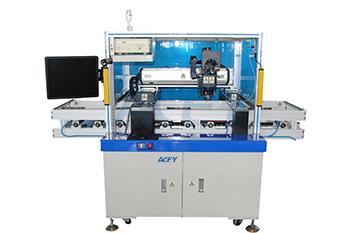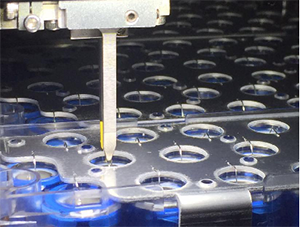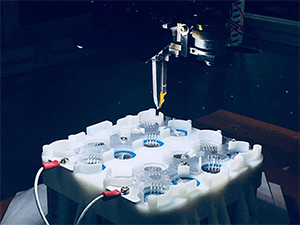Categories
New Blog
How does a wire bonding machine work?
June 29 , 2023
A wire bonding machine is used in the semiconductor industry to connect integrated circuits (ICs) or other electronic components to their packaging or substrate. It uses a thin wire, typically made of gold or aluminum, to create electrical connections between different parts of the circuit. Here's a simplified explanation of how a wire bonding machine works:



This is a general overview of the wire bonding process, and the actual operation and complexity of wire bonding machines can vary depending on the specific machine and application.
Acey new energy is a professional supplier specialized in Lithium Battery Pack Assembly Machine, such as battery capacity grading machine, battery insalution paper sticking machine, battery sorting machine, BMS tester, battery spot welding machine, laser welding machine, battery comprehensive tester, battery pack charge and discharge aging tester, etc and we provide one-stop solution for cylindrical battery pack assembly line. If any interested, please feel free to contact us.